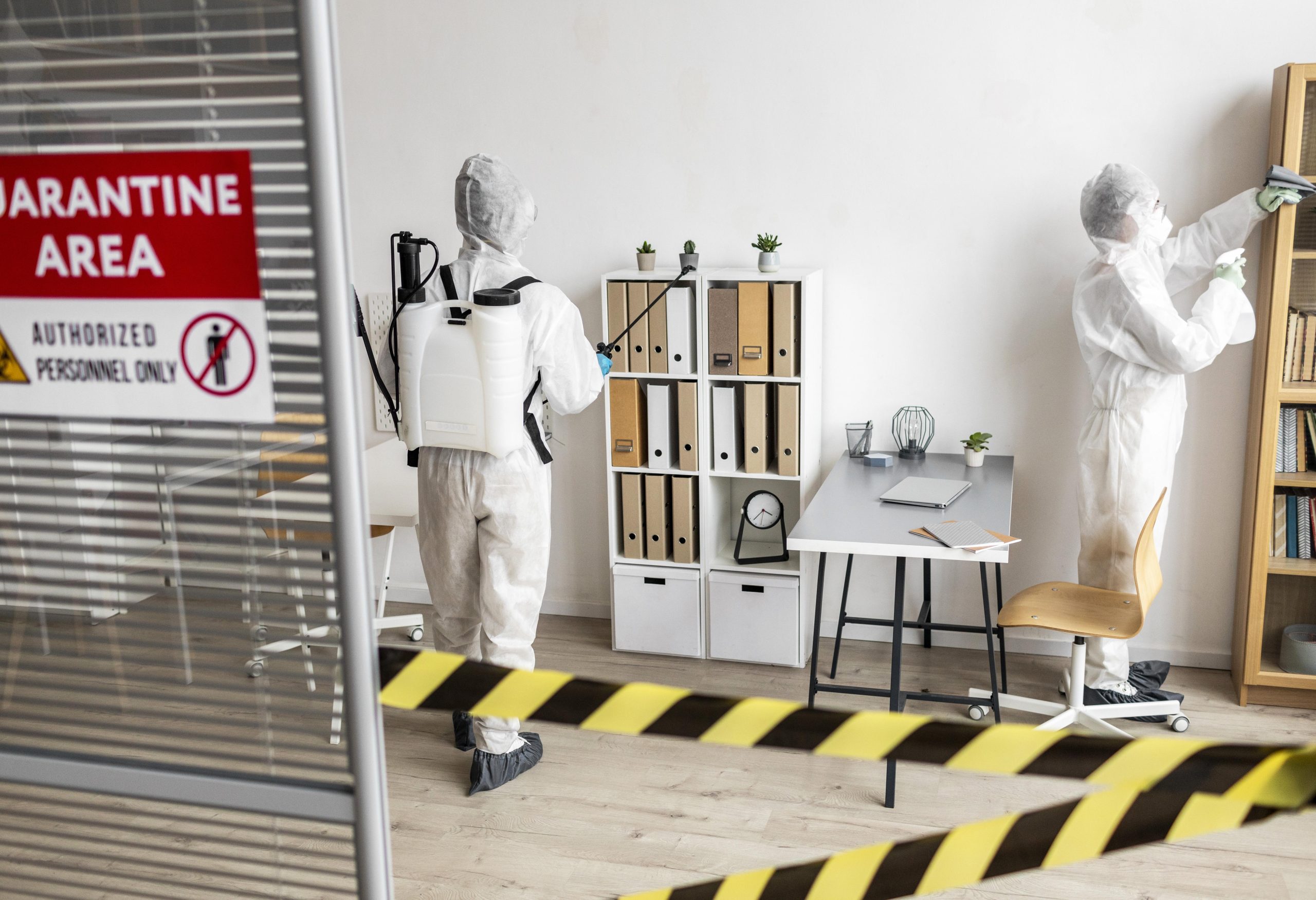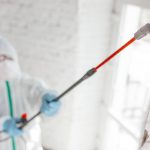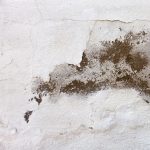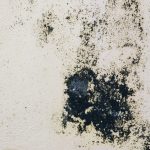
Flooding can lead to serious mold issues, especially in Southwest Florida’s humid climate, affecting areas like Fort Myers, Naples, Cape Coral, and Sarasota. Mold can begin to grow within 24-48 hours after water damage, so it’s essential to act quickly to prevent further complications. Here’s what you need to know about handling mold after a flood.
Immediate Steps to Take After a Flood
- Start the Drying Process Right Away
- Remove standing water as quickly as possible and use fans, dehumidifiers, and open windows to promote airflow. Quick drying is essential in preventing mold growth, particularly in areas like Sarasota, where humidity levels are high.
- Remove Damaged Materials
- Mold can thrive on porous materials like drywall, insulation, carpets, and upholstery. If these materials have been wet for more than 24 hours, it’s best to remove and dispose of them to prevent mold spores from spreading.
- Clean and Disinfect All Surfaces
- Wash hard surfaces with soap and water, then disinfect with a bleach solution to kill any mold spores that may have started to grow. Pay close attention to corners, crevices, and hidden areas where mold can easily establish itself.
Understanding Mold’s Impact After a Flood
Floodwaters introduce additional contaminants beyond moisture, such as bacteria and debris, which can accelerate mold growth. In places like Fort Myers and Cape Coral, where homes may be exposed to flooding during storms, these conditions can increase the risks associated with mold exposure. Health effects can include respiratory issues, allergies, and skin irritation, especially for individuals with pre-existing conditions.
When to Call for Professional Help
If you notice a musty odor, visible mold growth, or persistent dampness, it’s time to consult with a professional. Post-flood mold can be difficult to address on your own, and a professional inspection ensures thorough removal and prevention of future growth. Professionals can assess the extent of contamination, clean affected areas, and provide advice on future prevention.
Preventing Mold Growth in Flood-Prone Areas
- Control Indoor Humidity
- Use dehumidifiers, especially in humid cities like Naples and Sarasota, to keep moisture levels low after a flood.
- Improve Ventilation
- Use exhaust fans in bathrooms, kitchens, and laundry areas to reduce moisture levels. In climates like Southwest Florida, improving airflow can be vital in preventing mold.
- Seal Cracks and Maintain Gutters
- Prevent water intrusion by sealing cracks in your foundation and maintaining gutters and downspouts. Proper drainage can help reduce flooding risks.
Professional Mold Remediation Services in Southwest Florida
For residents in Fort Myers, Naples, Cape Coral, and Sarasota, QCI Online offers comprehensive mold remediation services tailored to your needs. We provide fast, reliable service to help you recover from flooding and ensure your home remains mold-free.
Visit Our Website: QCI Online
Location: Serving Fort Myers, Naples, Cape Coral, Sarasota, and surrounding areas.
Contact Us Today: Reach out to us for professional guidance on dealing with mold after a flood.
Flooding can be overwhelming, but with the right steps and professional help, you can protect your home and health from mold. Let QCI Online provide the support you need to keep your home safe and mold-free.






